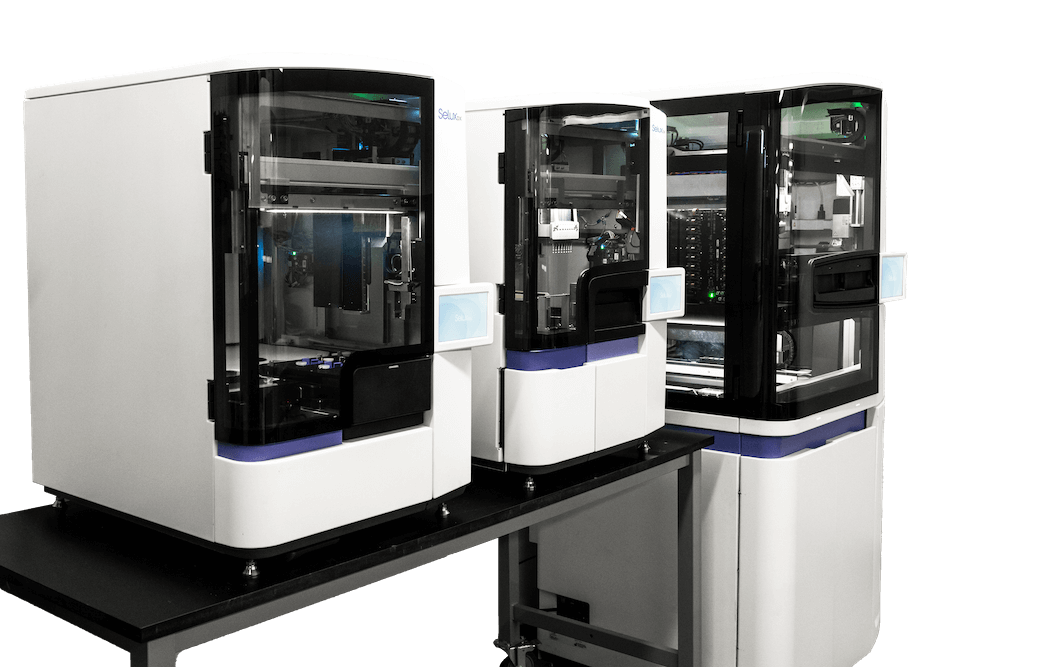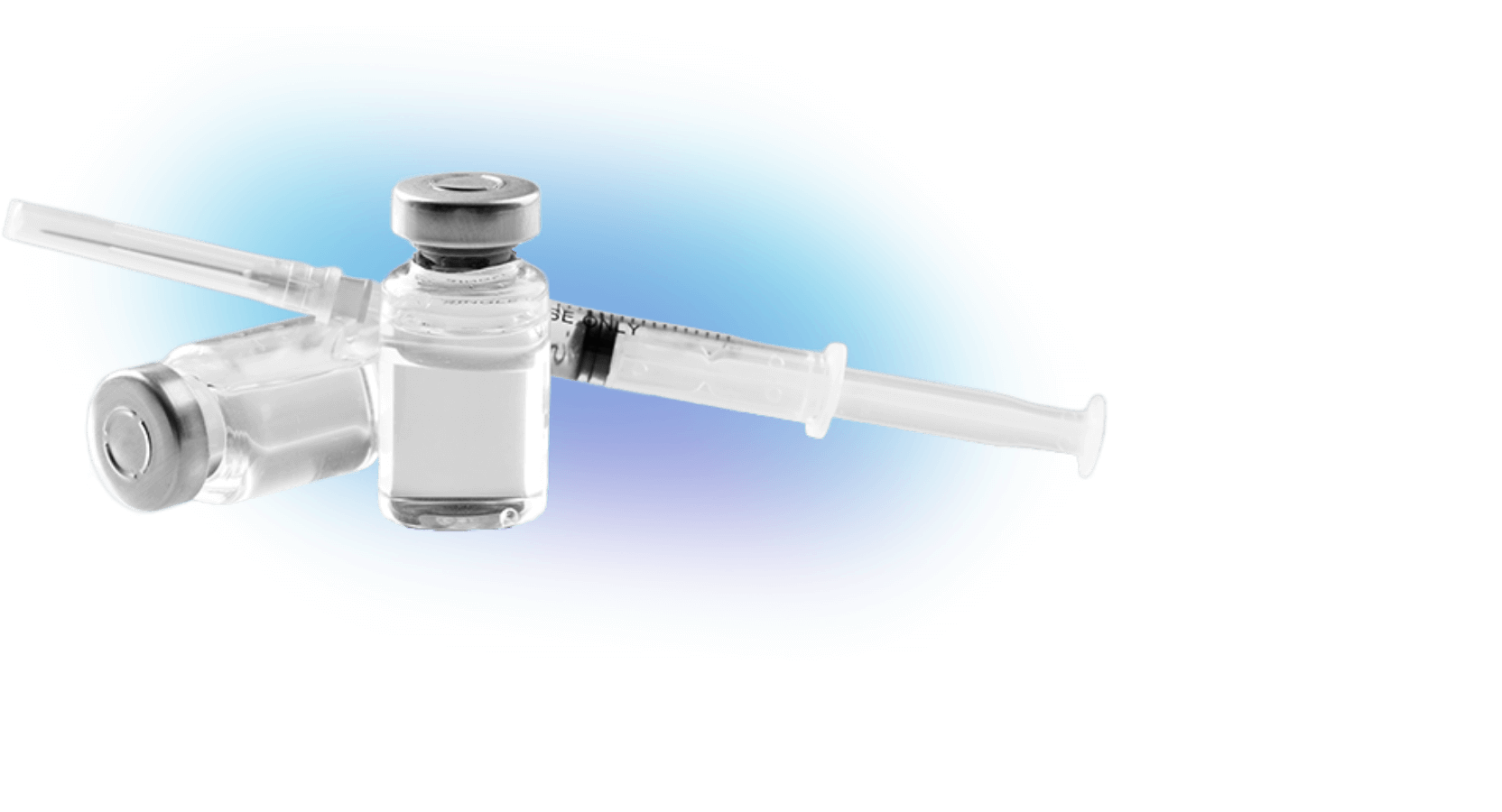Panels
Discover

To preserve the lifesaving power of antibiotics we need faster diagnostic results, susceptibility testing on all sample types, testing against all commercially relevant antibiotics at one time, and a commitment to updated breakpoints.
Learn More
Learn More
Learn More


